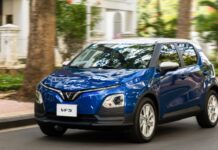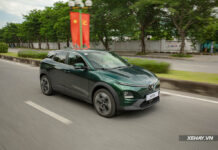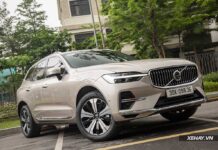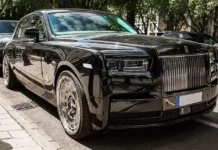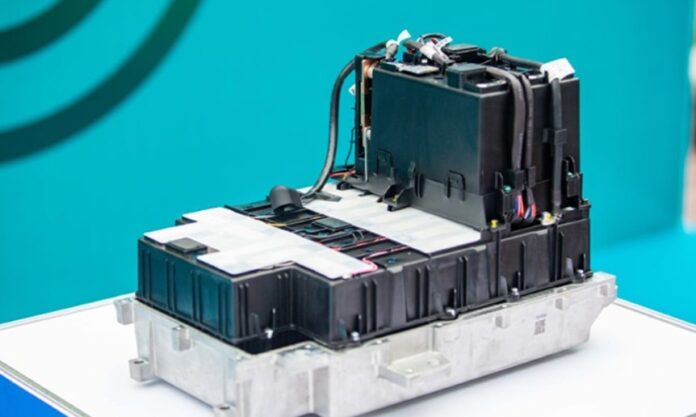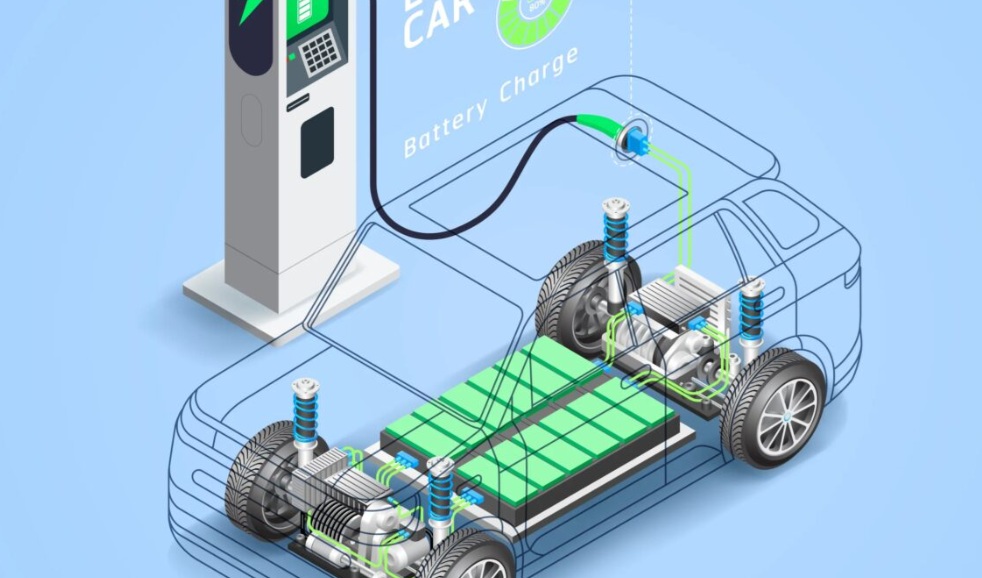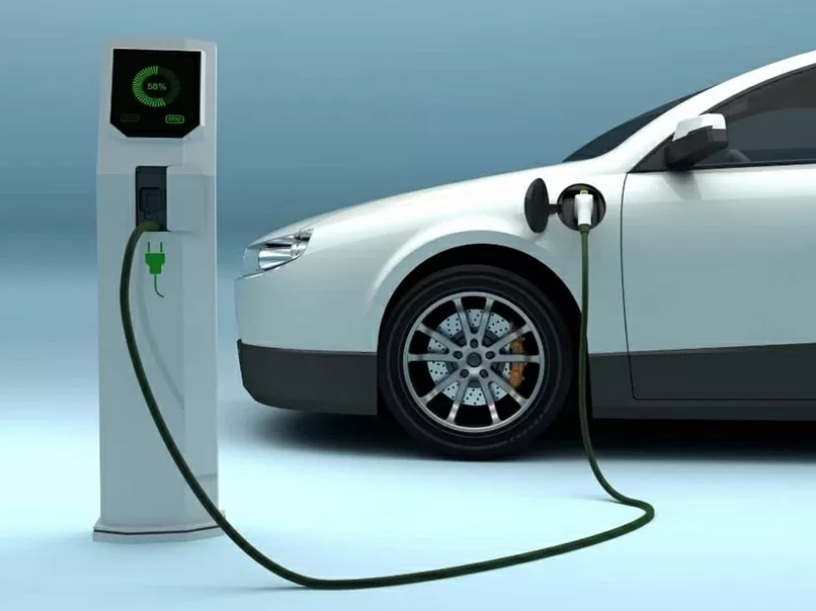A recent study by Geotab has put to rest doubts about the longevity of electric vehicle batteries, revealing that EV batteries can last significantly longer than the average lifespan of a combustion engine vehicle.
Analysis of real-world data from over 10,000 electric vehicles shows an average annual battery capacity degradation of just 1.8%. At this rate, after 20 years of use, the batteries will retain approximately 64% of their original capacity, which is sufficient for efficient operation in most everyday scenarios. This figure even surpasses the average lifespan of cars in the US, which is about 14 years.
Contrary to the common belief that “EV batteries will fail after a few years”, the study found an extremely low rate of battery failures. Over the past decade, electric vehicle models recorded a battery failure rate of less than 0.5% – a statistically insignificant figure.
According to data collected from over 10,000 electric vehicles, the average degradation of EV batteries is about 1.8% per year. This means that after 20 years, this figure is 6 years higher than the average lifespan of a car in the US.
The majority of battery packs retain approximately 64% of their original capacity, which is more than enough for efficient operation unless a serious incident occurs.
Additionally, the failure rate of batteries is also very low. Electric vehicle models produced in the last decade recorded a battery failure rate of less than 0.5%, a statistically negligible number.
However, battery degradation doesn’t always occur in a linear fashion. The most noticeable degradation usually happens in the first few years of use, after which it stabilizes and only slightly increases towards the end of the battery’s life. External factors such as weather conditions, especially high temperatures, can accelerate degradation. Therefore, experts recommend parking in shaded areas and avoiding charging in extremely hot environments.
Most modern electric vehicles are equipped with advanced battery temperature management systems, which help maintain the operating environment of the battery and ensure stable performance. Nonetheless, DC fast charging can still cause a slightly higher degradation rate compared to using standard Level 1 or 2 chargers.
Additionally, experts offer advice to prolong battery life. For vehicles using nickel-manganese-cobalt (NMC) batteries, it is recommended to maintain the charge between 20% and 80% to optimize battery health. For lithium-iron-phosphate (LFP) batteries, this limit is more flexible, but according to recent studies, consistently charging to 100% can also reduce battery durability over time.
While natural aging occurs over time, even when the vehicle is not in use, significant advancements in energy storage technology mean that today’s electric vehicle batteries are not only sufficient for daily needs but can also outlast the lifespan of the vehicle they power.
TH (Tuoitrethudo)










